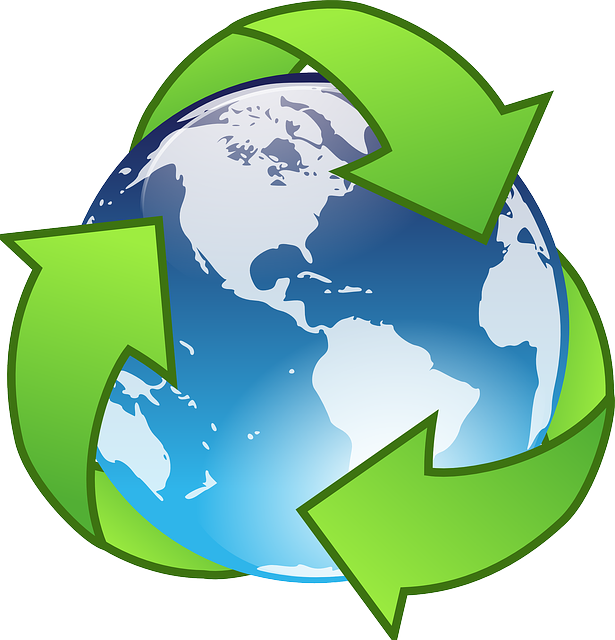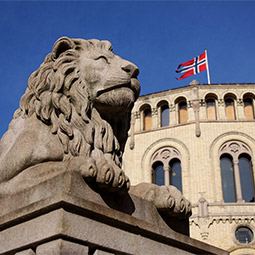[vc_row][vc_column width=”1/2″][vc_column_text]
Papua New Guinea
Papua New Guinea (PNG) has a diverse and a rugged topography. This latter characteristic means that its vast natural resources are not easily extracted. Infrastructure development is costly and land tenure is an issue. The country has a natural gas reserve of 155 billion cubic metres. PNG is mostly underdeveloped and has a low level of human development. The industrial sector (excluding mining) doesn't contribute much to the country's GDP and the economy is very much dependent on the import of manufactured goods. The majority of the labour force is employed in the agricultural, forestry and fishing sector, with agriculture alone providing subsistence livelihood for 85% of the nation's population. A significant portion (72%) of the country's export earnings come from mineral deposits. The country receives financial aid from several countries (Japan, China, Australia), and organisations (European Union (EU) bodies, IMF and World Bank organisations, with Australia being the largest aid provider. The PNG LPG joint venture is the largest private-sector investment in the country's history. Owing to the LPG project's success, French gas and oil major, Total S.A. is expected to start construction on the Papua LPG project by 2020. The country has the potential to generate 2.5 GW of renewable energy, but only a meagre 2% of it has been exploited. Australia, Singapore and Japan are the major export partners whereas Australia, China and Singapore are the major import partners. The government's long- and short-term policy documents accentuate the need for a more diverse economy – which should include sustainable industries and prospects of broad-based employment. The government faces numerous challenges such as law and order and the above-mentioned land tenure problems. Maintaining investor confidence is equally important. A first ever national trade policy (2017-2032) was unveiled which explains the goal of increasing exports by maximising trade and investment, reducing imports and increasing foreign direct investment (FDI).
[/vc_column_text][vc_column_text] Its population in 2018 was 8,418,346 [1]
Its population in 2018 was 8,418,346 [1]
 In 2015, 52.50% of its total energy
In 2015, 52.50% of its total energy
consumption was renewable [2]
 In 2021, its GDP grew by 1.50% [2]
In 2021, its GDP grew by 1.50% [2]
 In 2021 it had a positive Current
In 2021 it had a positive Current
Account Balance of US$bn 5.94 [3]
 Its Expenditure on R&D (as a percentage of
Its Expenditure on R&D (as a percentage of
GDP) in 2016 was 0.03% [2]
What free trade areas or economic unions is it a member of?
None
[/vc_column_text][vc_column_text]What trade deals are there with other countries and economic unions?
Australia - Papua New Guinea free trade agreement (from 01/02/1977)
South Pacific Regional Trade and Economic Cooperation Agreement (from 01/01/1981)
Melanesian Spearhead Group partial scope agreement (from 01/01/1994)
Pacific Island Countries Trade Agreement free trade agreement (from 13/04/2003)
EU - Pacific States Interim EPA (from 20/12/2009)
UK - Pacific economic partnership agreement (from 01/01/2021)
[/vc_column_text][/vc_column][vc_column width=”1/2″][vc_column_text]Fishing for a Sustainable and Equitable Future in the Pacific
World Bank Group: A Promising New Resource for Development – The Potential of Sovereign Wealth Funds
Trade with the United Kingdom
Source: UK Office for National Statistics, October 2022.
Contains public sector information licensed under the Open Government Licence v3.0.
Loading, Please Wait!
This may take a second or two.

















































































